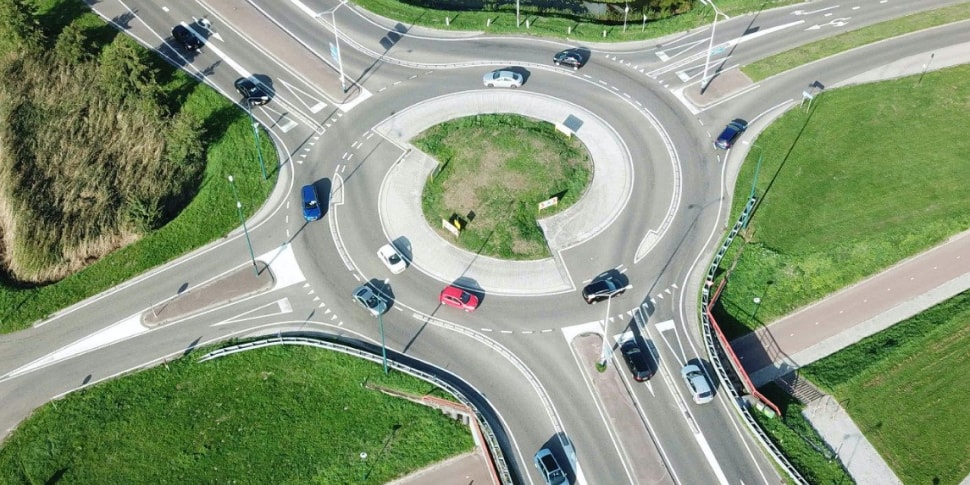afransen
Senior Member
I think we should be more cautious about using 2 lane roundabouts, and try to learn from best practice. Turbo-roundabouts have been used pretty widely in Europe and have some design features that make them safer and less ambiguous. The main downside is snowclearing, as there is a raised ridge between lanes to discourage lane changes within the roundabout.I'm not even sure that the engineering and design standards are sufficiently consistent to be able to train drivers, because no two roundabouts are identical and there are permutations and combinations that are hard to predict. Adding the requirement to signal to that is a brain teaser.
Here's an example - Hespeler Road in Cambridge.
The general rule that I have learned (the hard way) is that one should never enter a 2-lane roundabout in parallel to another vehicle, because there are too many places where the vehicle in the center has the right to cut across the outside lane to reach an exit, without even checking their blind spot.
The painted arrows on approach to this roundabout do give some clues, but at the last minute....and this roundabout isn't even symmetrical, so those instructions are direction-and lane-specific. There may be regulatory signs, but the congitive task for drivers to analyse those plus the painted arrows plus lane markings, at speed or in bad weather, is error-friendly.
- Paul
View attachment 453997

From: https://www.arcadis.com/en-us/knowl.../2020/bringing-the-turbo-roundabout-to-the-us




